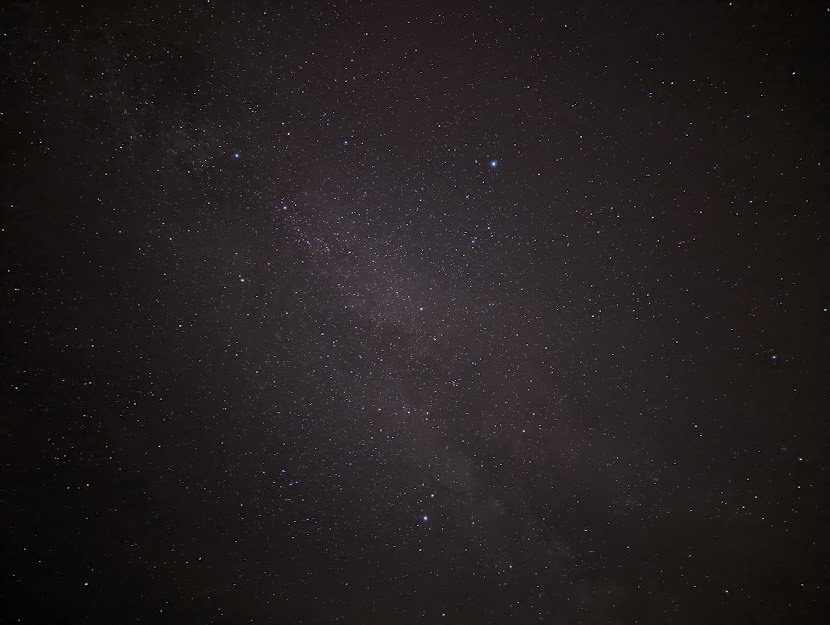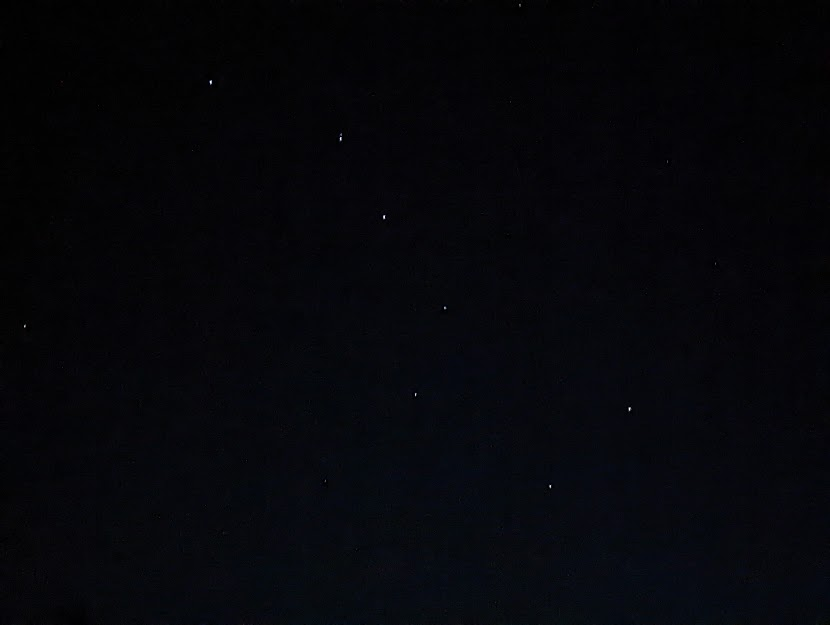As the warmer spring months arrive, life blooms anew. Suddenly the outdoors are teeming with growing vegetation, cool bugs, and hatching amphibians. We will be discussing a few apps that can be used by teens and parents to make their outdoor experience more exciting. Using the tools provided in this digital age, we can make our phones more interactive outside. In a time when young people are really interested in spending their free time on their phones, the following apps use those phones as tools for learning more about the world around them.
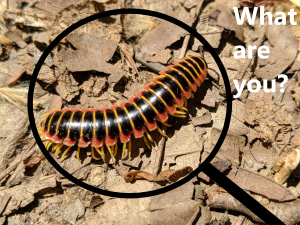
By Edwin Guevara
Plant and Animal Identification Apps
Apps like Seek and iNaturalist are sleek and user-friendly apps that allow people to take photos to help them identify plant and animal species. Wildlife ID apps provide a good alternative to carrying multiple physical guides. Once teens get familiar with Seek, they can use more complex apps like iNaturalist, where you can upload the same photos and compare the organisms to species that have been seen nearby. Using the app you can take a photo of a plant, insect, bird, mammal etc. Once the photo is uploaded it can give you a close estimate on the species. The more photos you upload of the organism, the better the app is at identifying. Seek also integrates with your phone photos folder so you can backtrack and upload any photo you have taken in the past and try to identify it.
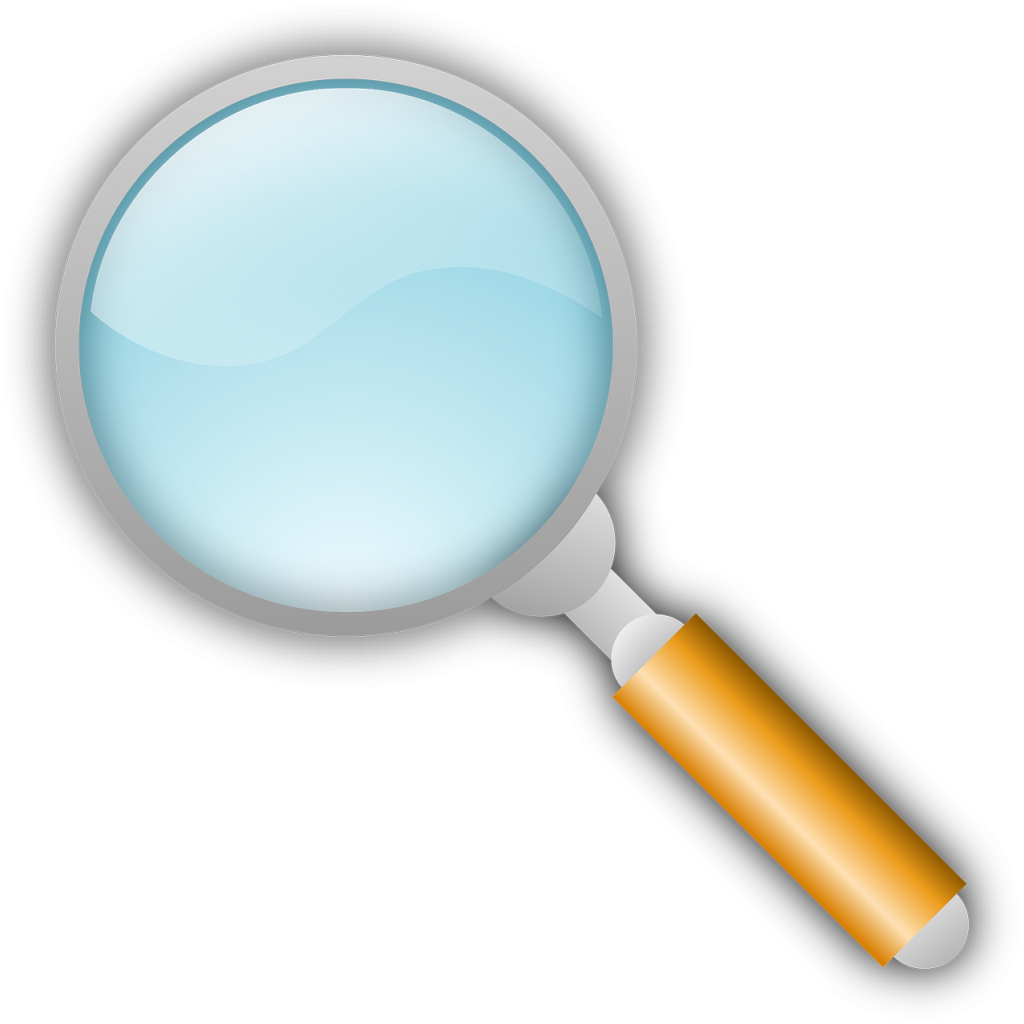 Magnifying Glass Apps
Magnifying Glass Apps
These handy types of apps do a great job magnifying objects on your phone screen. They are perfect for looking at small fungi, insects, and tiny flowers as well as butterfly wings and feathers. They work as well as a physical magnifying glass would, but you’re also allowed to take photos. The downside is that these types of apps usually come with ads, so be careful and avoid them especially with younger children that struggle to avoid “clickbait.”
Stargazing Apps
For people of all ages interested in astronomy or looking at the night sky, there are many apps such as SkyView. These apps let you superimpose real life constellations on your phone as you point your screen to the sky. You can find stars, planets, or even the international space station! With some apps, links are clickable to learn more about each object. You can use these apps indoors, outdoors, during the day, and when it shines the most, at night.
Mapping Exercise Trackers
Many mapping exercise trackers such as How Far Did I Run, Map My Walk, RunKeeper, etc., are apps that chart the route you have walked through on a map or allow you to chart walks or runs before you go. It can encourage you to get creative. With this app people can keep track of where they have walked and how far they have gone. Feeling ambitious? Create a “treasure map” by walking around in a way with loops and winding paths, then recreate the map for your friends!
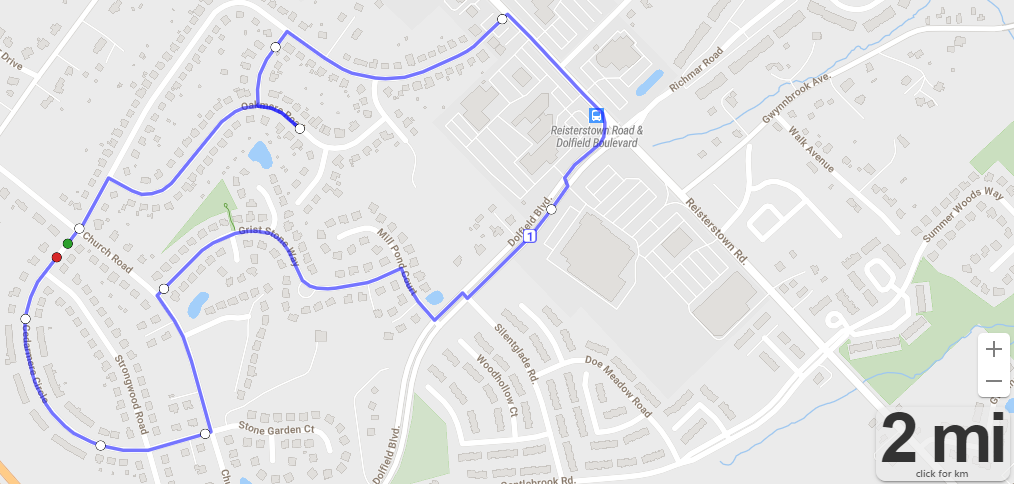
How Far Did I Run app screenshot
Geocaching
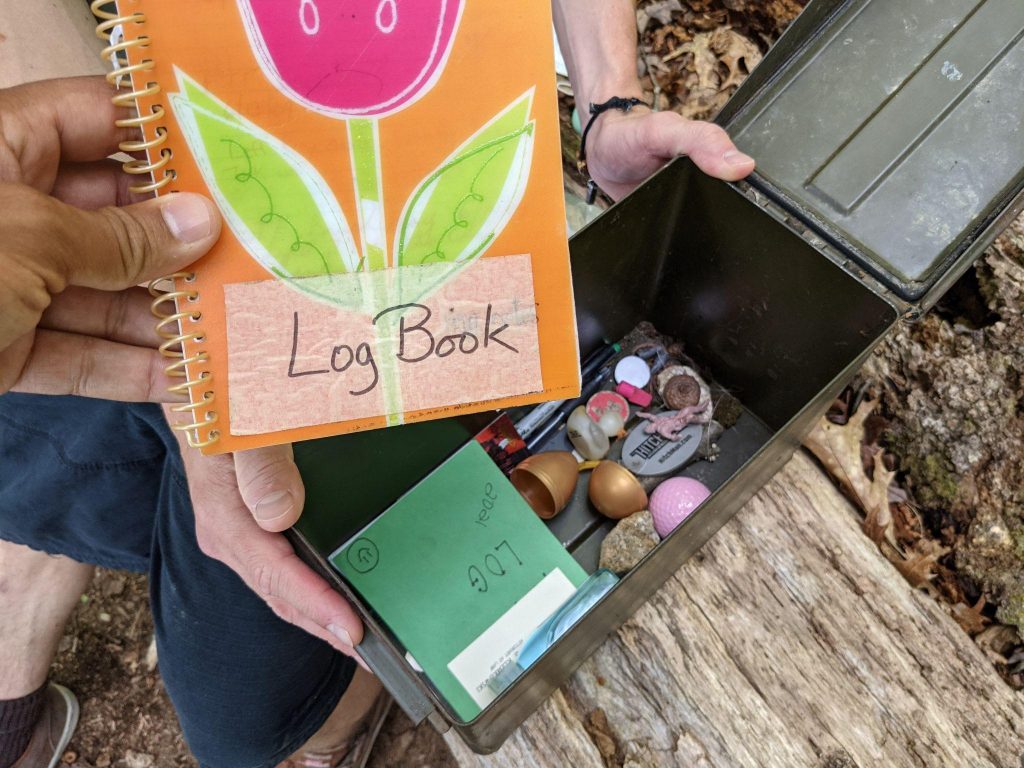
By Edwin Guevara, Maryland DNR
Geocaching is the recreational activity of hunting for and finding a hidden object by means of GPS coordinates posted on a website. Geocaching apps can allow you to find “caches” out in forested areas where other people have placed them; they usually have mementos, keepsakes, knick-knacks, and other artifacts kept inside as pictured above. People are often encouraged to add their own objects and sign a record- keeping log book or notepad along with the date when they find the caches.
Merlin and Other Birding Apps
Birding apps like Merlin are some of the most fun apps for kids that enjoy birding. Fortunately, Merlin is a free app that is devoid of ads and other gimmicks. One of the more popular aspects of the Merlin app is that even if the bird is only heard, you can record the bird call on your phone and the app can help identify the species without a picture. With its large and updatable database of bird photos and calls it is the essential app for bird enthusiasts of all ages.
The observations made in a lot of these animal and plant identifying apps like Merlin, Seek, and Seek’s parent app iNaturalist all help citizen scientists catalog and report which species they have found and in which locations they have found them. This can be very helpful for reporting rare sightings and aids scientists, biologists, and state wildlife agencies as well with the protection of species.
GLOBE Observer by NASA
Globe Observer is a fun and easy tool that can be used to record four different protocols: clouds and sky conditions, mosquito habitats, land cover, and trees. You can submit your observations to GLOBE which stands for Global Learning and Observations to benefit the Environment Program. GLOBE offers a hands-on approach to inquiry, encouraging participants to engage in local investigations that cover five core fields: atmosphere, biosphere, hydrosphere, soil (pedosphere), and Earth as a system. The app is easy to use and allows you to take pictures, submit them, and even compare with satellite data at times.

By Edwin Guevara, Maryland DNR
Spring is here, HabiChatters!
In this issue, you’ll find a native plant and native animal profile about some of the first (and best) harbingers of spring. Education Assistant Edwin Guevara offers some ways to get your teens into nature with technology; if you can’t get them off their screens, bring the screens outside! And last but not least, guest author Samantha Lott, one of our fantastic Natural Resources Technicians, offers us great insight and advice about dealing with the consequences of heavy spring rains. We hope you get outside as the weather warms up in your Wild Acres!
Sarah Witcher
Sarah.Witcher1@Maryland.gov
410-260-8566
Click here to have HabiChat—the quarterly backyard wildlife habitat newsletter from the Wild Acres program—delivered right to your inbox!
In this Issue


By Edwin Guevara
Plant and Animal Identification Apps
Apps like Seek and iNaturalist are sleek and user-friendly apps that allow people to take photos to help them identify plant and animal species. Wildlife ID apps provide a good alternative to carrying multiple physical guides. Once teens get familiar with Seek, they can use more complex apps like iNaturalist, where you can upload the same photos and compare the organisms to species that have been seen nearby. Using the app you can take a photo of a plant, insect, bird, mammal etc. Once the photo is uploaded it can give you a close estimate on the species. The more photos you upload of the organism, the better the app is at identifying. Seek also integrates with your phone photos folder so you can backtrack and upload any photo you have taken in the past and try to identify it.
 Magnifying Glass Apps
Magnifying Glass AppsThese handy types of apps do a great job magnifying objects on your phone screen. They are perfect for looking at small fungi, insects, and tiny flowers as well as butterfly wings and feathers. They work as well as a physical magnifying glass would, but you’re also allowed to take photos. The downside is that these types of apps usually come with ads, so be careful and avoid them especially with younger children that struggle to avoid “clickbait.”
Stargazing Apps
For people of all ages interested in astronomy or looking at the night sky, there are many apps such as SkyView. These apps let you superimpose real life constellations on your phone as you point your screen to the sky. You can find stars, planets, or even the international space station! With some apps, links are clickable to learn more about each object. You can use these apps indoors, outdoors, during the day, and when it shines the most, at night.
Mapping Exercise Trackers
Many mapping exercise trackers such as How Far Did I Run, Map My Walk, RunKeeper, etc., are apps that chart the route you have walked through on a map or allow you to chart walks or runs before you go. It can encourage you to get creative. With this app people can keep track of where they have walked and how far they have gone. Feeling ambitious? Create a “treasure map” by walking around in a way with loops and winding paths, then recreate the map for your friends!

How Far Did I Run app screenshot
Geocaching

By Edwin Guevara, Maryland DNR
Geocaching is the recreational activity of hunting for and finding a hidden object by means of GPS coordinates posted on a website. Geocaching apps can allow you to find “caches” out in forested areas where other people have placed them; they usually have mementos, keepsakes, knick-knacks, and other artifacts kept inside as pictured above. People are often encouraged to add their own objects and sign a record- keeping log book or notepad along with the date when they find the caches.
Merlin and Other Birding Apps
Birding apps like Merlin are some of the most fun apps for kids that enjoy birding. Fortunately, Merlin is a free app that is devoid of ads and other gimmicks. One of the more popular aspects of the Merlin app is that even if the bird is only heard, you can record the bird call on your phone and the app can help identify the species without a picture. With its large and updatable database of bird photos and calls it is the essential app for bird enthusiasts of all ages.
The observations made in a lot of these animal and plant identifying apps like Merlin, Seek, and Seek’s parent app iNaturalist all help citizen scientists catalog and report which species they have found and in which locations they have found them. This can be very helpful for reporting rare sightings and aids scientists, biologists, and state wildlife agencies as well with the protection of species.
GLOBE Observer by NASA
Globe Observer is a fun and easy tool that can be used to record four different protocols: clouds and sky conditions, mosquito habitats, land cover, and trees. You can submit your observations to GLOBE which stands for Global Learning and Observations to benefit the Environment Program. GLOBE offers a hands-on approach to inquiry, encouraging participants to engage in local investigations that cover five core fields: atmosphere, biosphere, hydrosphere, soil (pedosphere), and Earth as a system. The app is easy to use and allows you to take pictures, submit them, and even compare with satellite data at times.

By Edwin Guevara, Maryland DNR
Spring is here, HabiChatters!
In this issue, you’ll find a native plant and native animal profile about some of the first (and best) harbingers of spring. Education Assistant Edwin Guevara offers some ways to get your teens into nature with technology; if you can’t get them off their screens, bring the screens outside! And last but not least, guest author Samantha Lott, one of our fantastic Natural Resources Technicians, offers us great insight and advice about dealing with the consequences of heavy spring rains. We hope you get outside as the weather warms up in your Wild Acres!
Sarah Witcher
Sarah.Witcher1@Maryland.gov
410-260-8566
Click here to have HabiChat—the quarterly backyard wildlife habitat newsletter from the Wild Acres program—delivered right to your inbox!
In this Issue


